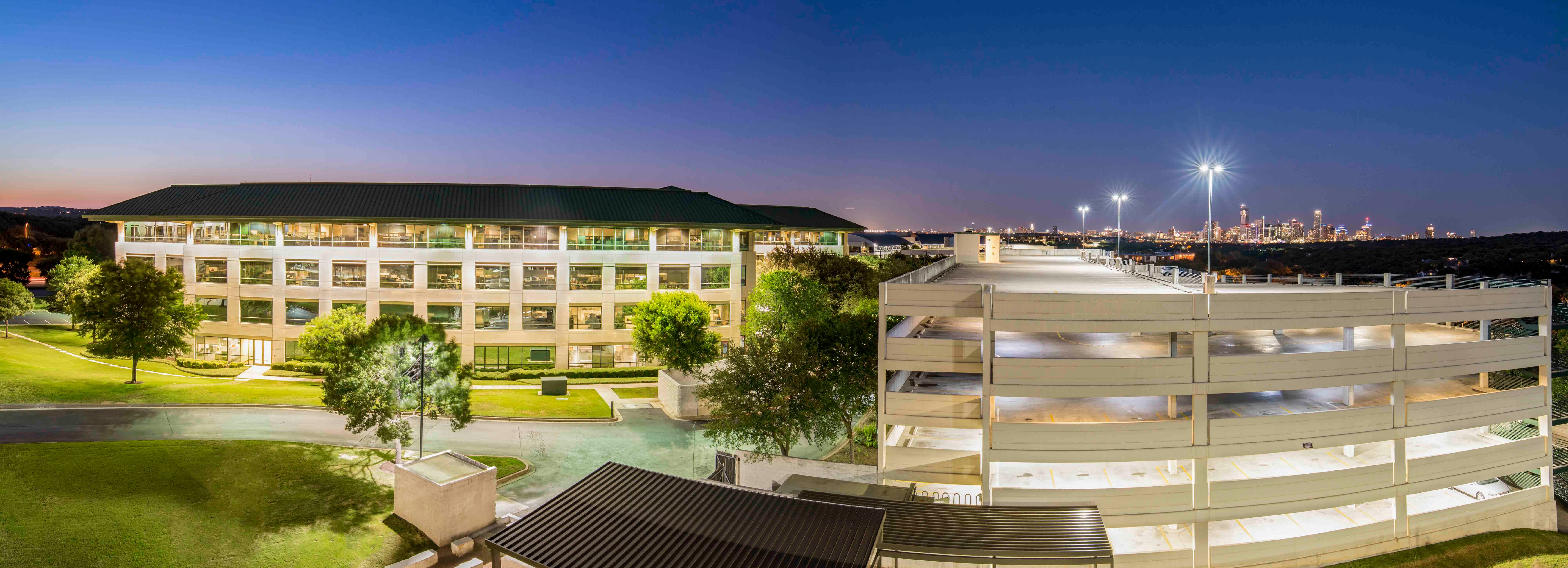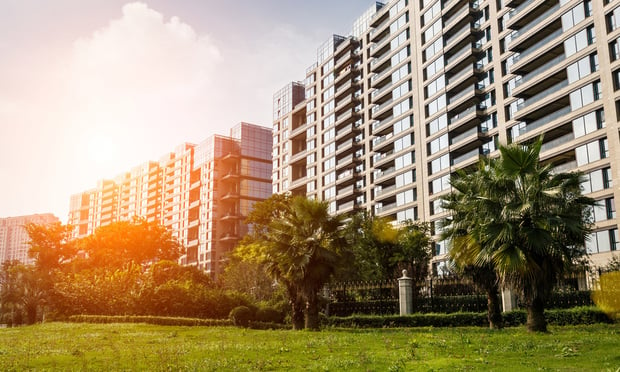AUSTIN, TX—On the heels of the Army Futures Command selecting Austin as its new headquarters location, its biggest reorganization since 1973, was Apple's announcement that it will invest $1 billion to build a new complex in North Austin. Many factors help Austin rise to the top for a headquarters location such as proximity to STEM workers, industries, private sector innovation, academic STEM research and development investments. In addition, quality of life, cost of living and civic support were undoubtedly factors behind the decisions by these corporations and partnerships.
As the city continues its vast appeal, more signs of “why Austin?” continue to emerge. In this exclusive, Carey Gunn Venditti, partner and location head of DLA Piper's Austin real estate practice, recently shared insights on the allure of Austin beyond the traditional view of a university town/state capital.
Recommended For You
Want to continue reading?
Become a Free ALM Digital Reader.
Once you are an ALM Digital Member, you’ll receive:
- Breaking commercial real estate news and analysis, on-site and via our newsletters and custom alerts
- Educational webcasts, white papers, and ebooks from industry thought leaders
- Critical coverage of the property casualty insurance and financial advisory markets on our other ALM sites, PropertyCasualty360 and ThinkAdvisor
Already have an account? Sign In Now
*May exclude premium content© 2025 ALM Global, LLC, All Rights Reserved. Request academic re-use from www.copyright.com. All other uses, submit a request to [email protected]. For more information visit Asset & Logo Licensing.









